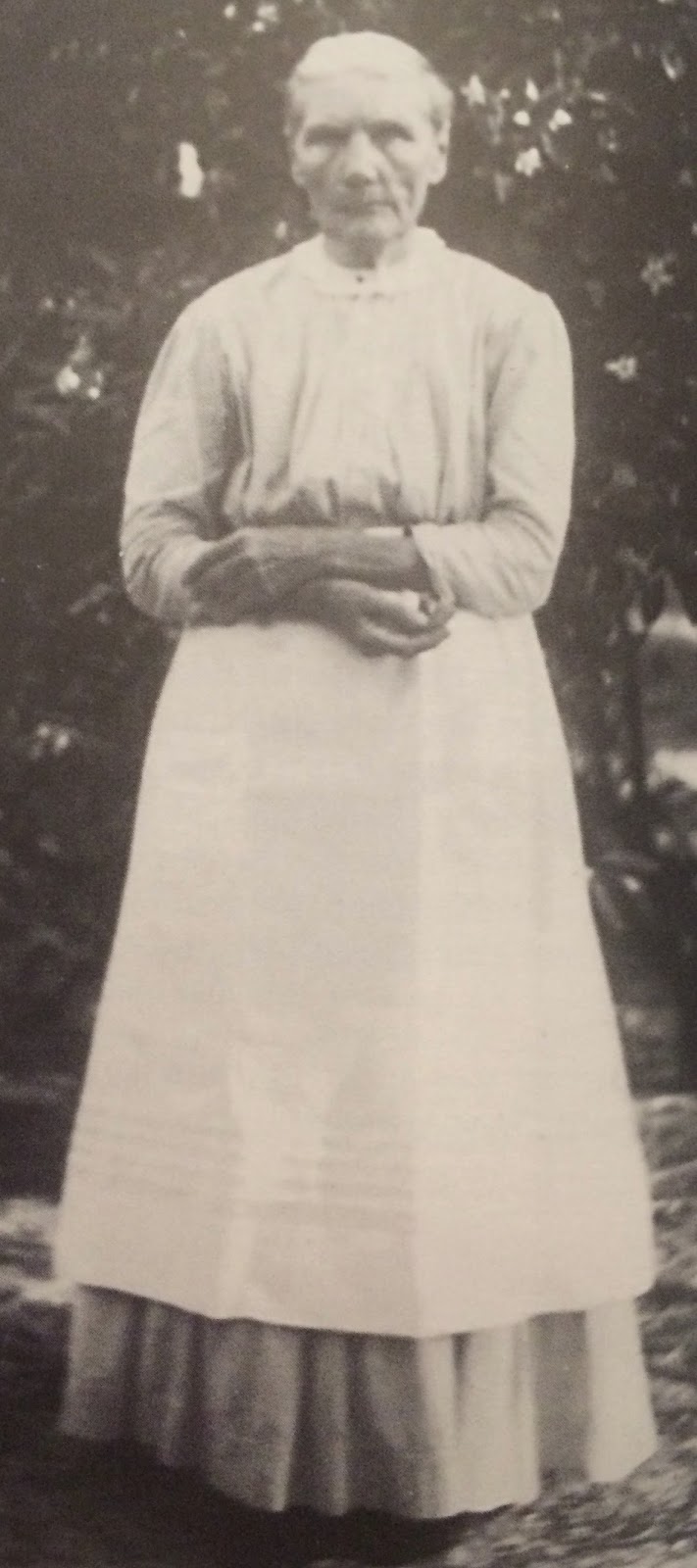 |
| The Wild West? No, early DeLand. This view from 1882 shows the corner of Indiana Avenue and Woodland Boulevard. (Credit: Volusia: The West Side) |
The name has a quaint quality that appeals. My entire historical Catholic romance series, Persimmon Hollow Legacy, is built around a town of that name (yes, that is a shameless plug). A DeLand-based craft brewer, Persimmon Hollow Brewing Co., adopted the moniker (not a shameless plug; I'm more of a wine drinker, but I do like to support local businesses). Otherwise, vestiges of the early name are slim to none, locally.
Several years ago, when I purchased domain names for future use for my novels, persimmonhollow.com was already taken. I was able to get persimmon-hollow.com and persimmonhollow.info. (2022 update: I no longer own them.) That first URL belonged to a boutique store in, of all places, Oklahoma. (2022 update: URL no longer works.) There's also a Persimmon Hollow Village venue center, also in Oklahoma. Its website describes it as a collection of stores grouped together to resemble an "1880s Western Village."
DeLand once looked like an 1880s Western village, a real one. You need only view the West Volusia Historical Society photo that accompanies this post to get the idea. The 1882 view of DeLand shows the downtown corner of Indiana Avenue and Woodland Boulevard, looking west. The image appears on page 243 of the historical society's 1986 book about local history, Volusia: The West Side, edited by William J. Dreggors, John Stephen Hess, and S. Dick Johnston.
One of the book's chapters is titled Persimmon Hollow. However, the clue to the origin of the region's early name is found in the previous chapter. It's the best explanation I've yet come across. The book's authors attribute the history to a man named "Hugh Vernon Bracey, who came to Beresford with his father in 1870" (page 237). Hugh reportedly explained Persimmon Hollow as:
I digress. DeLand today doesn't have a spring, and wild persimmons aren't common - at least not in my part of town. Springs bubble to the north - DeLeon Springs in the eponymous town - and to the south - Blue Spring in Orange City, Green Springs in Enterprise, and Gemini Springs in DeBary. The closest is eight miles from my home, the farthest is 20 miles away. They're all beautiful.
Several years ago, when I purchased domain names for future use for my novels, persimmonhollow.com was already taken. I was able to get persimmon-hollow.com and persimmonhollow.info. (2022 update: I no longer own them.) That first URL belonged to a boutique store in, of all places, Oklahoma. (2022 update: URL no longer works.) There's also a Persimmon Hollow Village venue center, also in Oklahoma. Its website describes it as a collection of stores grouped together to resemble an "1880s Western Village."
DeLand once looked like an 1880s Western village, a real one. You need only view the West Volusia Historical Society photo that accompanies this post to get the idea. The 1882 view of DeLand shows the downtown corner of Indiana Avenue and Woodland Boulevard, looking west. The image appears on page 243 of the historical society's 1986 book about local history, Volusia: The West Side, edited by William J. Dreggors, John Stephen Hess, and S. Dick Johnston.
One of the book's chapters is titled Persimmon Hollow. However, the clue to the origin of the region's early name is found in the previous chapter. It's the best explanation I've yet come across. The book's authors attribute the history to a man named "Hugh Vernon Bracey, who came to Beresford with his father in 1870" (page 237). Hugh reportedly explained Persimmon Hollow as:
...a place where the spring water caused wild persimmons to grow in abundance. When the fruit ripened, deer, quail and other wild animals would gather there to feed ... It was one of the prime hunting spots of the few adventurous souls who had settled here at that time ... (237)What an idyllic verbal portrait, marred for my 21st century sensitivities by the mention of hunters. I do understand that homesteaders in 1870s Florida hunted as a means of survival, not for sport. That would come closer to the turn of the 20th century, when tourists slaughtered our wildlife just because they could, and locals decimated bird rookeries so society matrons could decorate their hats with feathers.
I digress. DeLand today doesn't have a spring, and wild persimmons aren't common - at least not in my part of town. Springs bubble to the north - DeLeon Springs in the eponymous town - and to the south - Blue Spring in Orange City, Green Springs in Enterprise, and Gemini Springs in DeBary. The closest is eight miles from my home, the farthest is 20 miles away. They're all beautiful.
That doesn't mean an equally jewel-like pool of water never existed in or near the heart of DeLand. Perhaps one did 150 years ago. Maybe it was closer to Lake Beresford, out by the St. Johns River about five miles from downtown. In the mid-1800s, settlers homesteaded in the Beresford area because the river was the main highway at the time.
The allure of the name Persimmon Hollow lingers, despite the coldness of the trail. As with some mythical Shangri-La, we cling to what we can of a place none of us has ever seen.



